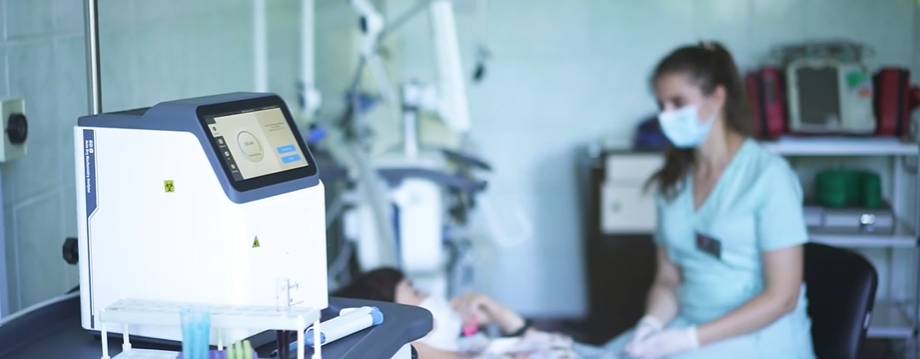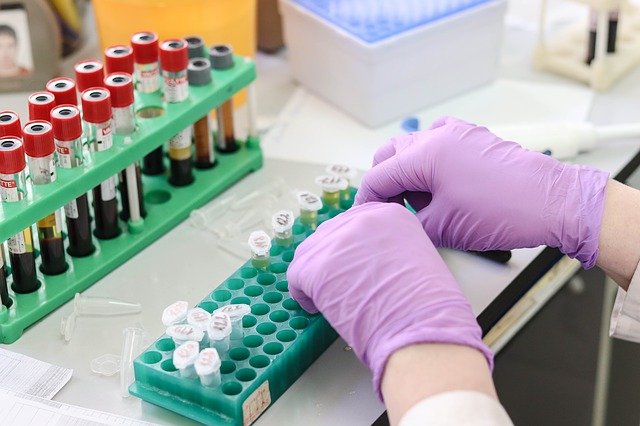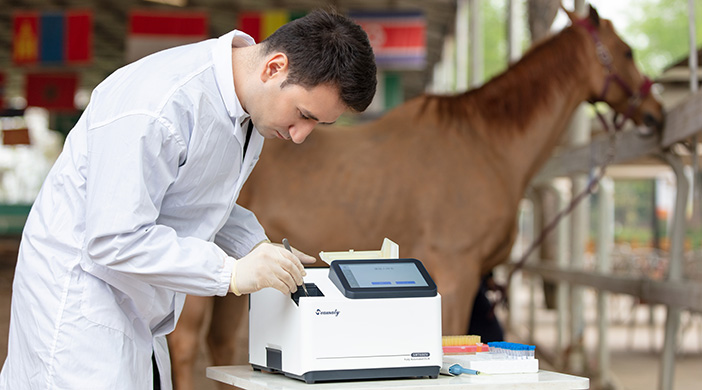POCT (Point of Care Testing), immediate test, also known as bedside rapid test, is a sub-industry of the in-vitro diagnostics (IVD in-Vitro Diagnostics) industry. POCT is a test method that is performed on the sampling site, using portable analytical instruments and supporting reagents to quickly obtain test results.
1、The advantages of POCT
1) The main purpose of POCT is to obtain test results faster.
Compared with traditional diagnosis, POCT achieves streamlined steps, the traditional diagnosis of sample transport, pre-processing, organization, labeling, recording, distribution and other steps reduced to "sampling analysis - quality control - output", greatly reducing the diagnosis time, for the maximum convenience of the patient's visit.
As an example
For patients with acute cardiac infarction, the application of the cTnl point-of-care diagnostic reagent, a marker of myocardial injury, makes it easier and more accurate to diagnose and determine the treatment plan for such acute patients, if the clinical presentation is highly suspicious and the ECG presentation is not conclusive. The best part is that the entire diagnostic process takes only 15 minutes.
This is the tremendous convenience of Point of Care Testing.
2) Ease of operation.
POCT assumes the function of a laboratory but does not require traditional hospital laboratory equipment. It can be done in a clinic or in a moving car using its portability and is not restricted by any time or place, serving patients 24 hours a day.
3) Comprehensive cost savings.
Although the "individual test cost", POCT is relatively high, but the comprehensive labor, ward costs, maintenance, depreciation and other considerations, POCT significantly reduce the patient's hospitalization time, sampling time, health care workers occupy time.
2, the application of POCT technology
POCT main application of technology including dry chemistry, immunochromatography and filtration technology
The main technologies used in POCT include dry chemistry, immunochromatography and filtration, immunofluorescence, microfluidics, biosensor and biochip, micro
Point of Care Testing has been gradually extended from biochemical and immunological indicators to nucleic acid indicators.
For example: Chengdu Seamaty Technology Co., Ltd. specializes in the development, manufacture and service of in vitro diagnostic reagents and instruments (POCT), and the SD1 fully automated dry biochemical analyzer developed by Seamaty uses photoelectric colorimetric and microfluidic technologies to realize the advantages of easy operation and fast results of POCT medical devices.



